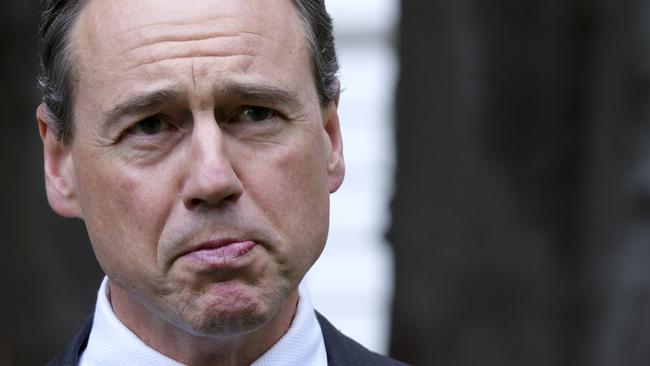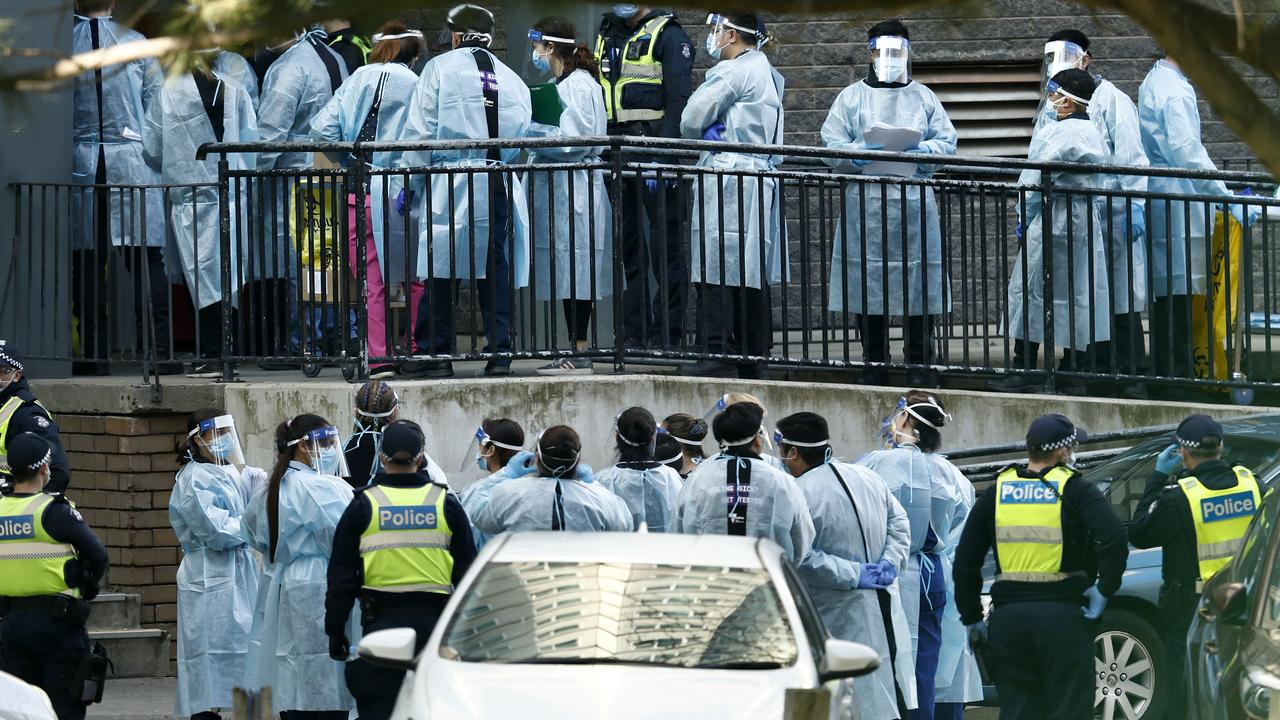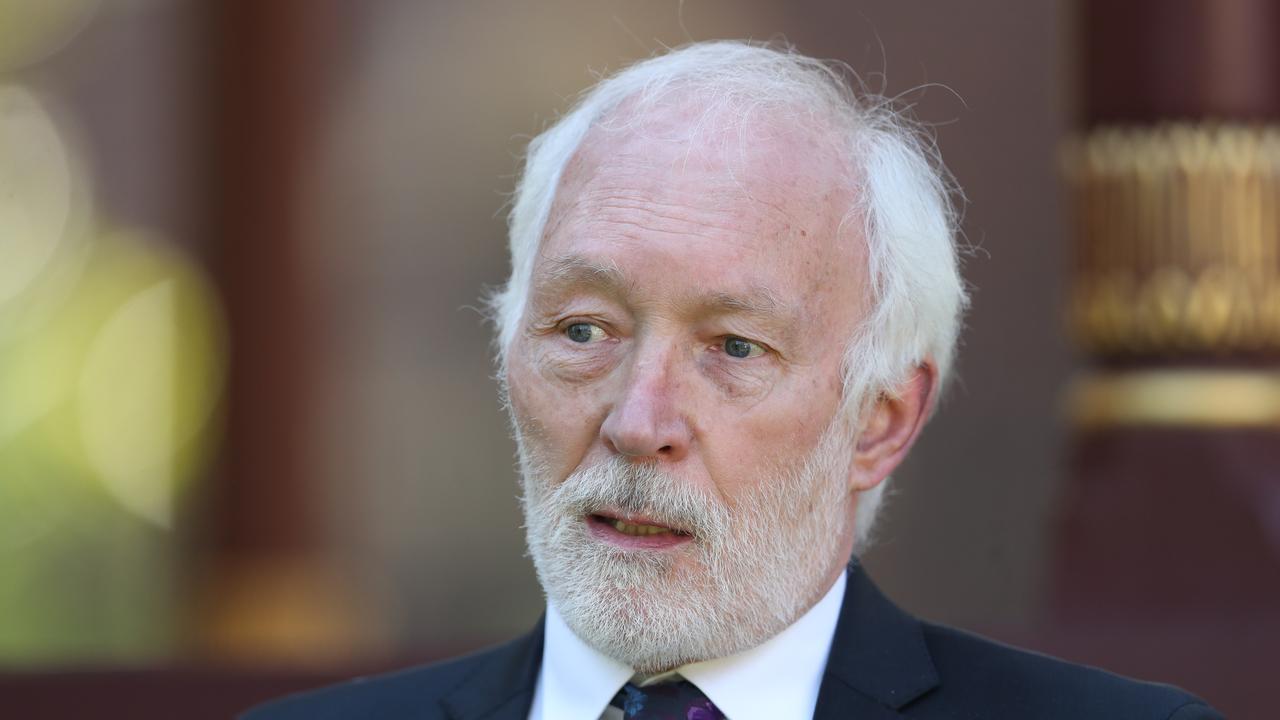Emergency departments key to $1bn costs shift
The number of public hospital emergency services being billed to private insurers has soared over the past 10 years.

The number of public hospital emergency services being billed to private insurers has soared over the past 10 years, pinpointing the epicentre of the controversial $1 billion cost-shifting that is blamed for pushing up health premiums.
More vulnerable patients are being convinced to bill their insurer, with new data revealing a 144 per cent increase in private emergency admissions over the past 10 years — when there was only a 26 per cent increase in public patients.
The practice is particularly rampant in Queensland, where there has been an extraordinary 736 per cent increase in private emergency admissions since 2007-08. This raises the question of whether patients are voluntarily declaring their insurance status or being targeted by public hospital administrators desperate to balance the budget.
Insurers have long complained the states’ cost-shifting is contributing to rising premiums, with more than $1 billion in treatment being billed to health funds each year for public hospital services that Australians are otherwise entitled to without charge.
However, the practice is not illegal and has also helped public hospitals recruit specialists. Patients cannot be forced to bill their insurer, but are often enticed to do so with offers of a private room and even additional food or free parking for family members.
While the commonwealth seeks to account for the states’ private revenue, and adjusts its funding contributions accordingly, Health Minister Greg Hunt has vowed to change how emergency departments work.
A heads of agreement put forward by the Turnbull government has settled on an overarching funding formula but requires further reform talks, including on the issue of emergency departments, ahead of a five-year agreement starting in 2020. Yesterday, Tasmania and the Northern Territory signed up to the heads of agreement, leaving only Queensland and Victoria to commit.
The Australian has obtained federal Department of Health briefing notes, prepared as part of the reform talks, that refer to “instances of extreme levels of growth in the number of privately insured separations (admissions) in a number of states”.
Queensland stands out, particularly in relation to the growth in private emergency admissions, which has been almost 15 times the increase in public admissions. The department suggests the state’s growth “may have reached a saturation point ... perhaps due to hitting the ceiling on the number of privately insured patients”.
A spokesman for Mr Hunt said last night: “This highlights the problem of the Queensland government’s practice of targeting private patients in public hospitals. This drives up private health insurance premiums while blowing out public hospital waiting lists.
“Any inequity between public and private patients is unacceptable and this practice must stop.”
In elective surgery in Queensland, private admissions have increased by 153 per cent, compared with 24 per cent for public patients.
Nationally, private elective admissions increased only 78 per cent on average over the period. Other private admissions in Queensland, including maternity and dialysis patients, increased 345 per cent over the period, compared with 106 per cent nationally.
Queensland Health Minister Steven Miles declared “the collapse in patient support for private hospitals is the real problem here”, amid consumer concerns over out-of-pocket expenses.
“Around a third of the above-population growth increase in demand is a shift of patients from the private to the public system,” Mr Miles said.
“Limiting the use of insurance in private hospitals will not shift patients back to private hospitals. It will just starve public hospitals of further funds and further erode the value of private health insurance.”
NSW has had a 99 per cent increase in private emergency admissions, a 59 per cent increase in private elective admissions, and a 72 per cent increase in other admissions. This is partly because the state was doing more private billing before Queensland embraced the practice.
The heads of agreement requires jurisdictions to “ensure the information and process for patients electing to use private health insurance in public hospital emergency departments is appropriate, robust and best supports consumer choice”.
It also aims to restore the Medicare principle of all patients, public and private, being prioritised only by clinical need.
Mr Miles said the proportion of private patients in public hospitals remained low overall.




